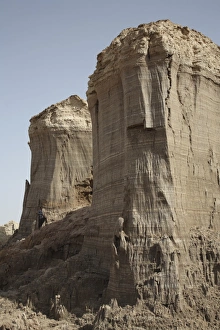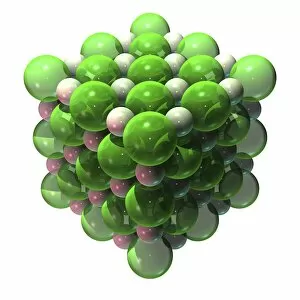Halite Collection
"Exploring the Ancient Trade Routes: Camels Carrying Halite Slabs over Lake Assale in the Danakil Depression
All Professionally Made to Order for Quick Shipping
"Exploring the Ancient Trade Routes: Camels Carrying Halite Slabs over Lake Assale in the Danakil Depression, Afar Region" In the remote and mesmerizing landscapes of Lake Assale, located within the Danakil Depression in Ethiopia's Afar region, a timeless tradition unfolds. Camels gracefully traverse this otherworldly terrain, their backs burdened with precious cargo - slabs salt. These majestic creatures have been used for centuries to transport this valuable mineral across vast distances. The shimmering white slabs glisten under the scorching sun as they make their way through this inhospitable environment. But it is not only in Ethiopia where halite captivates our imagination. In Zipaquira, Colombia lies a breathtaking Salt Cathedral carved deep into an underground mine. Its interior showcases intricate sculptures and awe-inspiring architecture made entirely from halite salt. This sacred place serves as a testament to human creativity and devotion. Meanwhile, in Israel's Jordan Valley near the Dead Sea stands a remarkable rock formation that tells its own story of time and geology. Layers upon layers create a stunning wilderness landscape that seems almost otherworldly. Back in Ethiopia's Danakil Depression, nature itself creates surreal wonders with salt canyons formed by alternating layers and gypsum. These vibrant formations stand tall against an unforgiving backdrop, showcasing Mother Nature's artistic prowess. Halite has long played a significant role in trade and cultural exchange throughout history. From ancient camel caravans crossing treacherous terrains to modern-day marvels like the Salt Cathedral or these natural wonders found deep within Earth's crust – it continues to captivate us with its beauty and utility. As we witness camels carrying these prized slabs over Lake Assale or explore these extraordinary geological formations shaped by millions of years' worth of sedimentation processes, we are reminded that there is so much more to this humble mineral than meets the eye.












